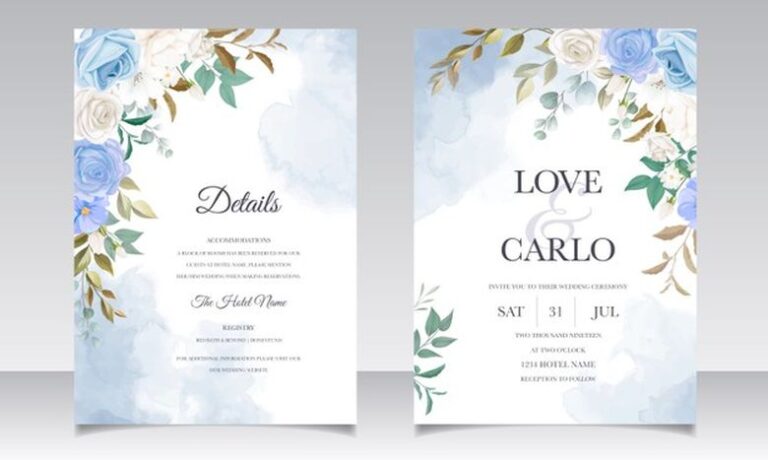These days, eco-friendly weddings are becoming increasingly trendy. You’re not only enjoying a one-of-a-kind wedding, but you’re also helping the earth. While wedding planning can be difficult, you may discover that planning an eco-friendly wedding is less challenging.
It’s difficult to know which style to use when designing your wedding invites. What font should do you use? Do you like understated elegance or flamboyant decadence? Modern minimalism or vintage florals? And, most importantly, how to make it unique and personal to the couple in question?
An illustration card is a great way to ensure an eco-friendly invitation because as the world is going digital you can also go unique and appealing through image searching your invitation illustrations. However, finding an appealing illustration can be difficult. This is where search by image can help you. Reverse image search is a featured search technique that helps you find similar images online without any hassle. Once you upload an image, the image will surf through millions of websites to find similar images to the one that you provided.
Below, there are some tips to remember when designing your custom wedding card.
Select a Look!
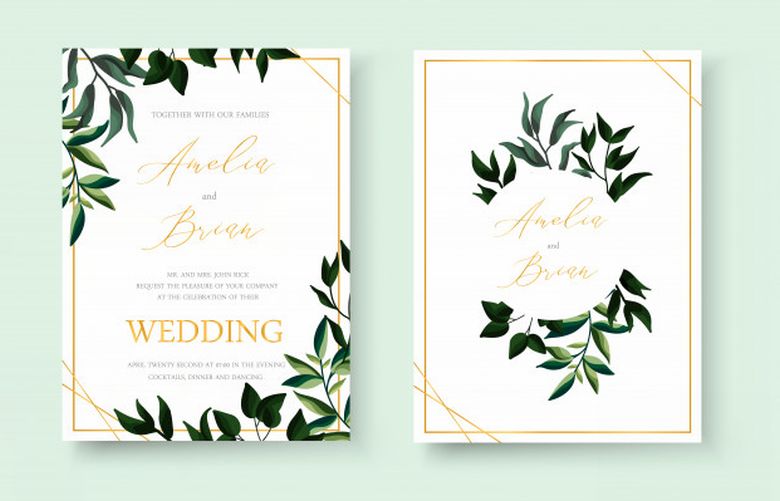
Every invitation design will fit into one of several style categories or may combine many styles. Sticking to a specific style, especially if the couple is having a themed wedding or enjoys a particular period or genre, can be a terrific way to focus your invitation effort.
These are only a few of the design styles that work well for wedding invites, as well as the characteristics that each style contributes to the design. You can find more that are unique and creative by using a reverseimagesearch utility. All you have to do is just enter the relevant keywords and hit the search button, in less than seconds, the utility will provide you a bulk collection of similar image results from which you can choose the one that works best for you.
Traditional and Elegant: This is a timeless style that works well for both traditional and modern weddings. With this lovely, subtle style decision, you won’t offend any of the elderly members of the bridal party. Using script fonts, flowery borders, and delicate hues, create the look of a classic wedding invitation.
Art Deco: Another timeless classic, but this time with a greater vintage touch that can feel cool and on-trend. With opulent geometric motifs and opulent colors like gold, silver, and jet black, an Art Deco invitation style lends a gorgeous, symmetrical quality to your designs, as well as a uniquely glamorous edge.
Simple Retro: This style is based on a 1950s design, but with a hip twist that makes it look extremely current. This wedding invitation features pastel colors, vintage-inspired illustrations, and typography for a casual, laid-back vibe.
Choose fonts that are timeless

AAn invitation design’s typography may make or break it. Choose typefaces with long-term endurance rather than novelty or ‘out-there styles. In this regard, reverse image search is a great starting point for typefaces. When the couple pulls out their wedding invites decades later, formal classics like Caslon will prove to be timeless, and exquisite scripts like Allura will always seem occasionally appropriate.
Unless you’re having a themed wedding, now isn’t the time to try out a new font. Grunge, marker-pen, and distressed fonts may appear nice, but they will make your designs appear too casual and flyer-like. Look for typefaces that come in a range of weights—you may fall in love with a font in its regular weight, but make sure it also comes in italic and bold weights. Using multiple weights for names and locations can help to break up heavy text and make the design appear more balanced.
Consider the practicalities!
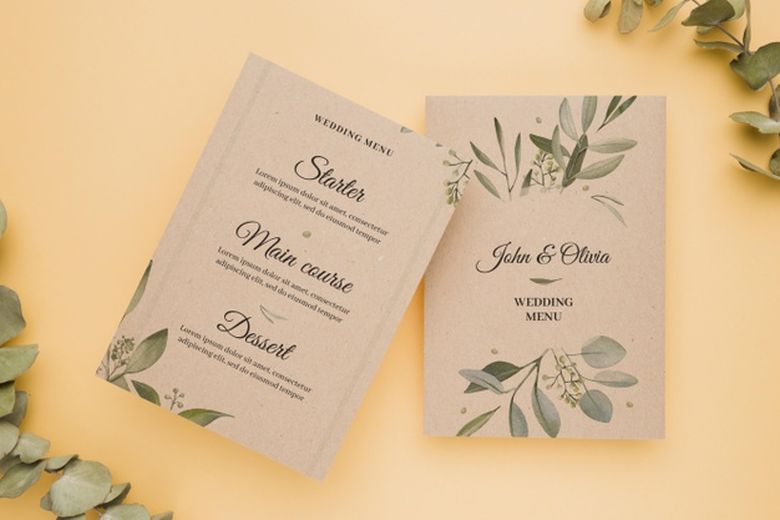
Before you start designing your invitation, there are a few things you should think about. I know, it’s a yawn, but it’s still necessary!
To begin, what will your invitation’s dimensions be, and will it be a portrait orientation or landscape?
The majority of invites are made to fit inside a normal envelope. If you’re submitting your design to a professional printer, they might use their standard-size envelopes for invites, so the first thing you should do is contact them and ask for advice on sizing.
If you want to save money and make your envelopes, you should do so first and then size your invitation to fit your envelope size. You can also find different orientations ideas using the reverse image search technique.
Think of using photography
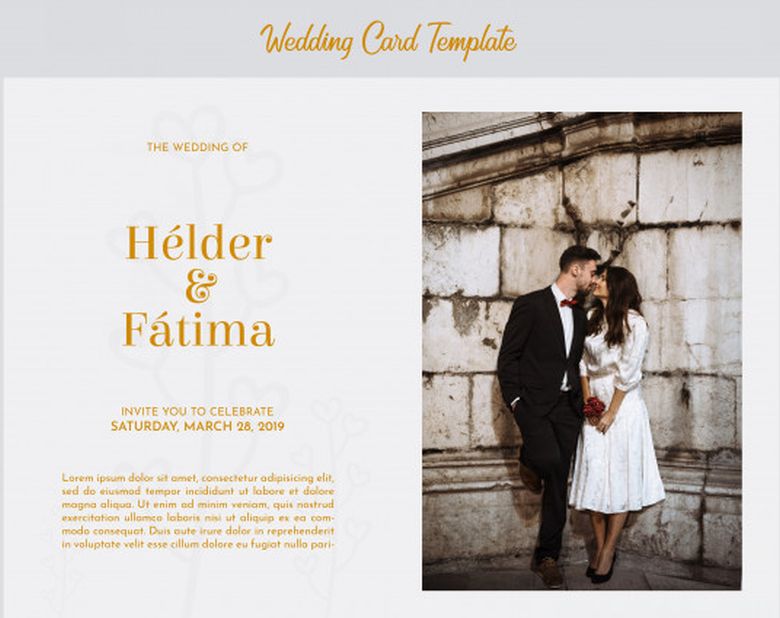
On wedding invitations, photography is rarely used. Instead, typographic, or illustrative elements are commonly used in designs.
Consider using images in the arrangement of your wedding invitation to give it a distinct look. If you don’t want to take the vintage way, this can also make your invitations look modern and new.
For an alternate photo-based wedding invitation, you can include images of the bride and groom-to-be. Set the photo as a background or border to keep your design appearing current. This also allows you to customize and personalize the invitation.
Align Your Type in the Middle
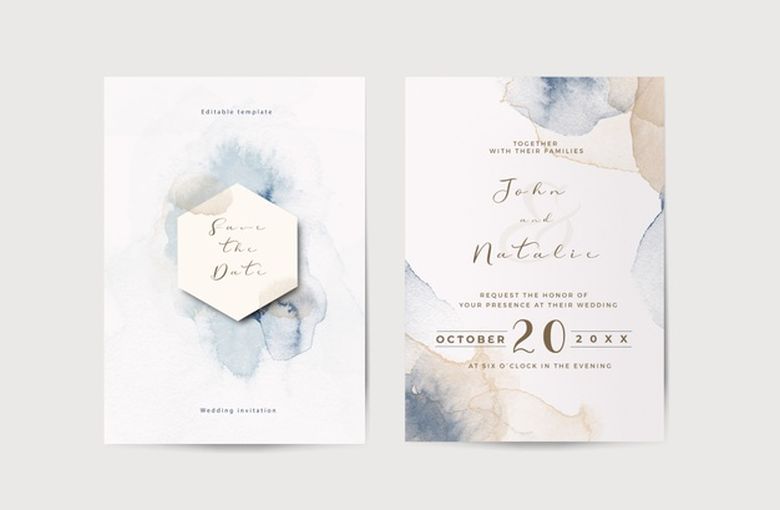
It is advisable to stick to a tried-and-true approach when it comes to typesetting the text for your invitation. Even if your invitations have a trendy, unique design, your text should still be centered.
What is the reason for this? When text is aligned in the middle, it appears more formal and serious right away, and it distinguishes the invitation as something important and noteworthy. When smaller bits of text (such as names and dates) are aligned centrally, they appear more structured and attractive. Headers can look a touch sloppy if the text is shifted off-center.
Applying different weights and font sizes to different areas of the text can help create a hierarchy. Set the couple’s names in a large italic font, the event date and time in bold, and optional things like the dress code in a smaller font with light or standard weight.
It’s an ‘&’, not an ‘and’
When it comes to designing wedding invites, the modest ampersand, the squiggly ‘&’ used to represent ‘and,’ is your new best friend.
An ampersand, especially when sandwiched between the couple’s names, looks elegant, dramatic, and interesting without detracting from the surrounding text. Instead of a meaningless and unappealing ‘and,’ try a decorative replacement!
If you take these suggestions as a starting point for your invitation design, then you can go through the samples from the reverse image search technique. This will enable you to be well on your way to designing a truly unique invitation.

